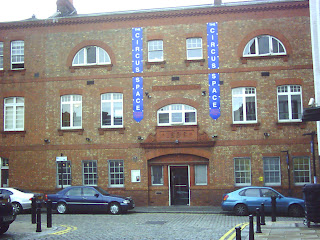Ring inscribed to the god ‘Totatis’ Salon IFA 169 reports on: ' A metal dectectorist has recently found a Romano-British finger ring inscribed with 'the legend: DEO TOTA FELIX, which Adam Daubney, Lincolnshire Finds Liaison Officer for the Portable Antiquities Scheme, translates as ‘To the God Totatis, use this and be happy’. Found near Battlesden, in Bedfordshire, the ring is one of forty-four similar finger rings inscribed with the letters TOT, and abbreviation of the deity Toutates, mostly from Lincolnshire and dating from the second and third centuries AD. ‘When we map them they almost exactly mirror the limits of the Iron Age tribe Corieltauvi’, said Adam, who added: ‘This suggests that the Corieltauvi were active, with clearly defined borders, well into the Roman period, covering the area east of the River Trent through Lincolnshire, Nottinghamshire and Leicestershire, and that native tribes may have had more freedom to pursue their own religions and lifest
